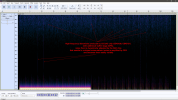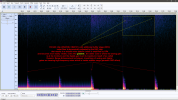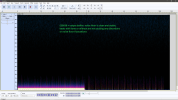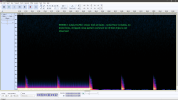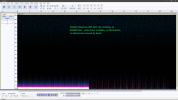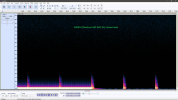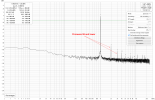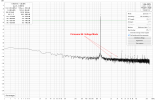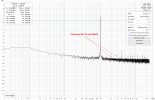- Joined
- Apr 21, 2024
- Messages
- 179
- Likes
- 432
but if they've been measured here on ASR and they measure well then you're likely just imagining the differences
Unless USB DAC is based on nowadays popular Cirrus Logic DAC chip (CS43198, CS43131,...) with enforced Dynamic Range Enhancement (DRE) technique (using ESS name for it here) which fools test for the dynamic range and shows astonishing result. So basically instrumentally test is passed with excellent mark but in reality audio performance on real music medium can be average.
Human ear is an advanced multi-frequency sensor and our brain is a super-high speed analyzer. We do not have numeric representation of the sound when we hear it but instead we feel it. This feeling is the way we perceive sound and can feel differences based on perceiving of the whole musical content. We can like the result delivered on the basis of accumulated feelings of listened content or not. It is the basis of the listening tests and we should not underestimate them because brain can catch nuances which are not covered by the tests.
Back to CS case and dynamic content. There is an article in RAA (https://reference-audio-analyzer.pro/en/demo-cs131.php#gsc.tab=0) showing the audio defects in the Spectrogram on the recordings from DACs with CS43198 and CS43131 chips. I gave it a try and reproduced the same result, including with Apple USB-C 3.5mm dongle:
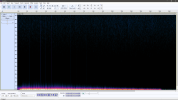
I then took DAP with 2xCS43198 and got similar result, as well as another DAP with 4xCS43131 (2 per channel). ESS DAC chip shows clean spectrum, as well as DAC based on AKM AK4490:
Neutron HiFi DAC V1
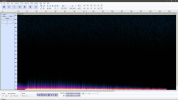
AK4490-based DAC
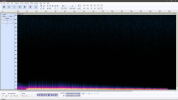
I created a simple rhythm track with beat sound using Audacity and played with CS-based DACs. The result was similar to RAA test, CS DAC chips always show the distortion.
Here is Spectrogram of the original material:

And here is the result of the recording from CS-based DAC:
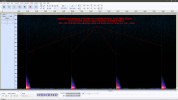
Closer look at distortion revealed that dynamic transitions of analog and digital gains of CS chip are causing high-frequency distortions:
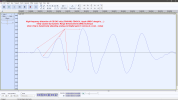
Here is the same wave produced by Neutron HiFi DAC V1 based on ES9219 DAC chip without DRE employed:
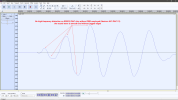
Although CS-based DACs have good measurement results, all of them are affected by CS-enforced DRE technique which is trying to improve the dynamic range. Measurement is done by 1 kHz Sine which is signal with constant power, therefore this technique will adapt DAC's output to it and improve dynamic range measurement result. Although it measured well, in reality on dynamic music content the result will be, to my personal view, average because technically it is a kind of DSP employing digital representation of signal and hardware. Volume transitions, although done fast by the chip, are causing high-frequency artifacts. In my example distortion is present on every beat, so it will affect music and will be perceived by the human ear when you hear complex music content which is full of frequencies, amplitude and phase transitions.
Last edited:

